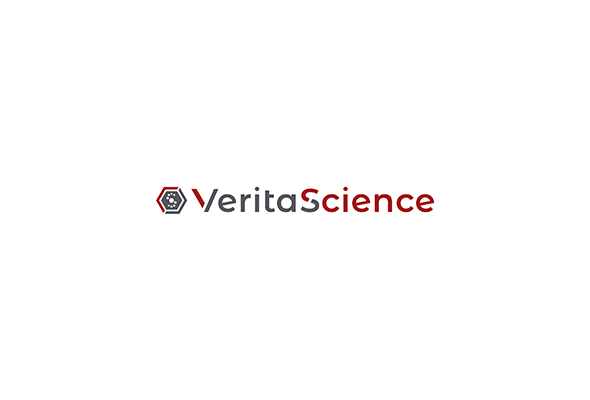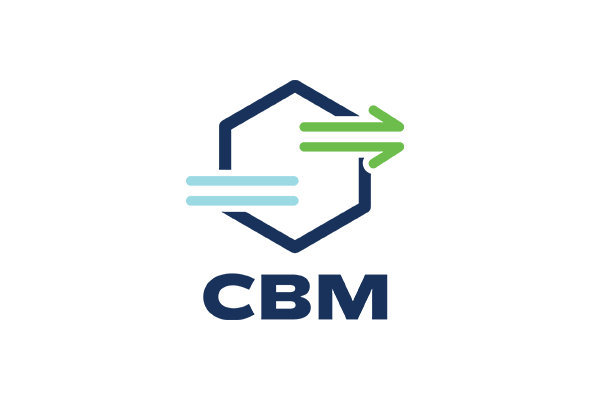CHICAGO and NEW YORK, Jan. 28, 2025 /PRNewswire/ — The University of Chicago and healthcare investment firm Deerfield Management announced today the launch of Hyde Park Discovery, a collaboration aiming to advance the development of new medicines and other life-saving treatments for disease.
Over the next ten years, Deerfield will provide up to $130 million in targeted funding, as well as operational and scientific expertise to advance UChicago discoveries with the potential to become novel therapies. The strategic agreement brings together UChicago’s leading research and innovation capabilities across several key therapeutic areas and Deerfield’s experience in healthcare product development.
“The Biological Sciences Division at UChicago and the UChicago Medicine health system comprise a distinct environment that brings together basic researchers studying fundamental biology and physicians who provide advanced patient care. It is crucial to have the kind of support and innovative capabilities that Deerfield brings to accelerate discoveries and create meaningful results for our community and the world,” said Mark Anderson, dean of the Biological Sciences Division and the Pritzker School of Medicine and executive vice president for Medical Affairs at UChicago.
A joint steering committee made up of leadership from UChicago, the Polsky Center for Entrepreneurship and Innovation, and Deerfield’s scientific team will evaluate projects based on several criteria with the goal of achieving Investigational New Drug readiness on an accelerated timeline. This operating model has the potential to bring new drugs to the market more quickly and cost-effectively.
“Our partnership with the University of Chicago and the Polsky Center underscores Deerfield’s conviction in the significant translational potential of the research that takes place there,” said James Flynn, managing partner at Deerfield. “In joining forces, we look forward to advancing compelling therapeutics together.”
“Bringing innovative ideas and technologies from the University of Chicago ecosystem to the world is the mission of the Polsky Center, and collaborations such as this help us make this goal a reality,” said Samir Mayekar, associate vice president and managing director of the Polsky Center for Entrepreneurship and Innovation, which houses the University’s official technology transfer office. “Backed by Deerfield’s scientific capabilities, we are optimistic that this agreement and the work that follows will result in new potential treatments and cures getting into the hands of the patients who need them.”
The University of Chicago is on the forefront of groundbreaking research and clinical development with a leading academic medical system, more than 160 interdisciplinary institutes and centers, and 50 state-of-the-art core facilities. World-class faculty bring together the fundamentals of medicine and advanced technology with expertise in computer science, AI, materials science, chemistry, and more.
“We are thrilled about partnering with Deerfield in the pursuit of commercializing discoveries made at the University of Chicago that have the potential to impact patient care,” said Scott Oakes, professor and vice dean of clinical science research in the Biological Sciences Division at UChicago. “This investment attests to the incredible science being done here and helps to advance our mission of bringing the fruits of that research to the world.”
About the University of Chicago
The University of Chicago is a leading academic and research institution that has driven new ways of thinking since its founding in 1890. As an intellectual destination, the University draws scholars and students from around the world to its campuses and centers around the globe. The University provides a distinctive educational experience and research environment, empowering individuals to challenge conventional thinking and pursue field-defining research that produces new understanding and breakthroughs with global impact.
About the Polsky Center for Entrepreneurship and Innovation
The Polsky Center for Entrepreneurship and Innovation advances innovative ideas and technologies from the University of Chicago ecosystem to the world. We are dedicated to supporting students, faculty, staff, and alumni, as well as other entrepreneurs and community-based small business owners in navigating the complex process of bringing new products, services, and research to market. For more information, visit polsky.uchicago.edu.
About Deerfield Management
Deerfield is an investment management firm committed to advancing healthcare through investment, information, and philanthropy. The Firm works across the healthcare ecosystem to connect people, capital, ideas, and technology in bold, collaborative, and inclusive ways. For more information, please visit www.deerfield.com.
Media Contact
Jessica Sagers, Head of Communications, Deerfield Management
[email protected], 332-323-0100
SOURCE Deerfield Management Company, L.P.

















